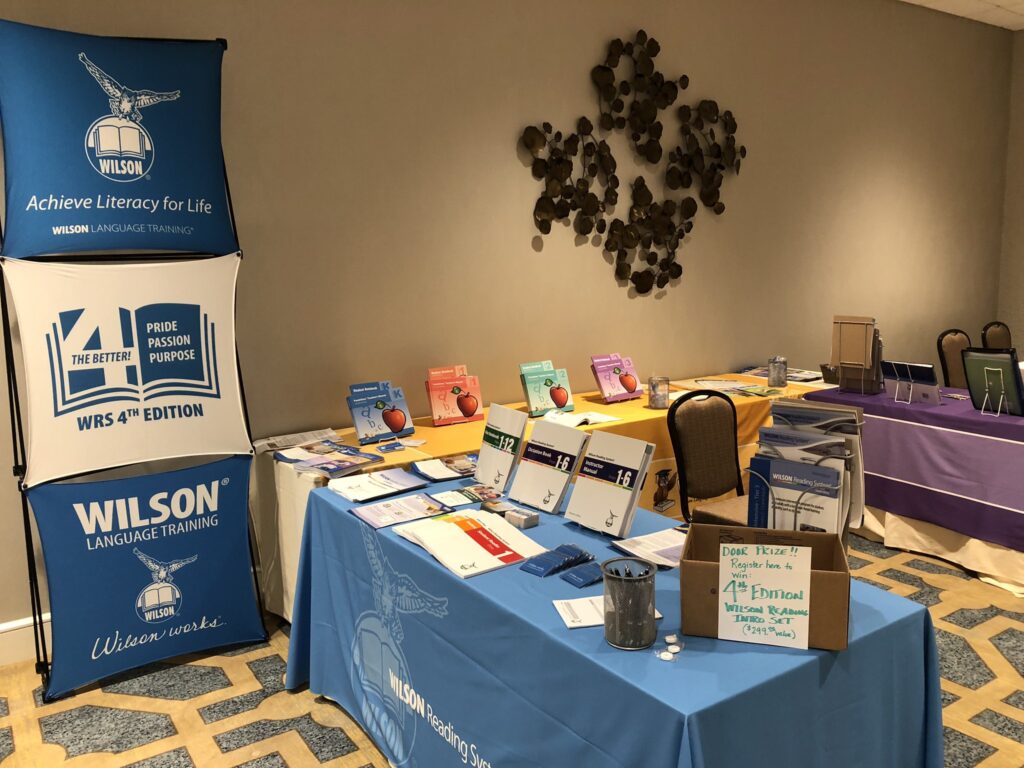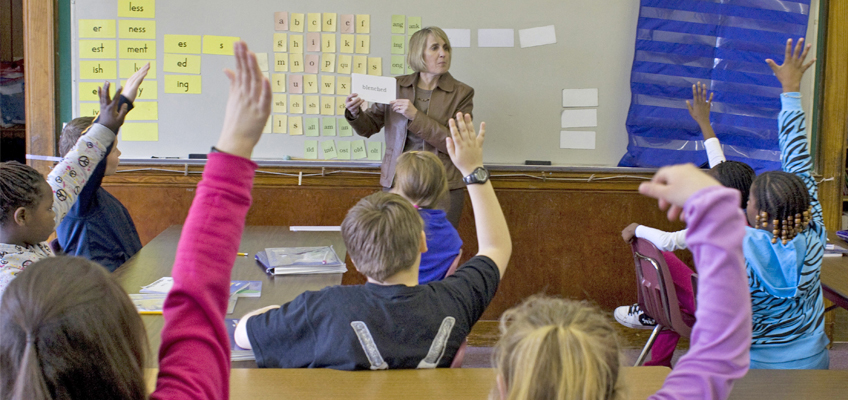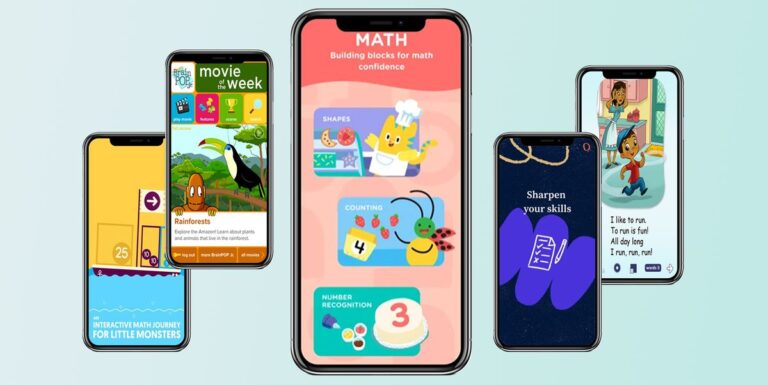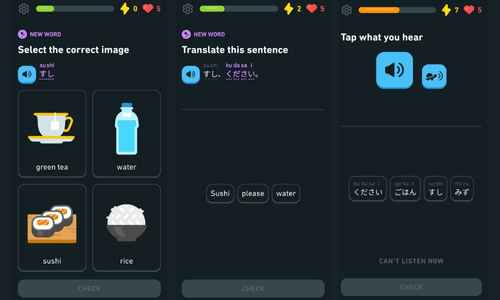Looking to improve your reading and writing skills? Check out our ultimate guide to Wilson Language Training! This evidence-based program uses a systematic and multi-sensory approach to help individuals with language-based learning disabilities, such as dyslexia. Learn how Wilson Language Training can help you or someone you know succeed in reading and writing.
Table of Contents
Wilson Language Training is a systematic, multi-sensory language program that is designed to help individuals with language-based learning disabilities, such as dyslexia, improve their reading and writing skills. Developed by Barbara Wilson, a speech and language therapist, the Wilson Language Training program is now used in schools and private clinics around the world. In this ultimate guide to Wilson Language Training, we will explore what you need to know about this evidence-based program.
What is Wilson Language Training?

Wilson Language Training is a research-based program that teaches individuals with language-based learning disabilities how to read and write. The program is structured and multi-sensory, using a combination of visual, auditory, and kinesthetic techniques to engage learners. Wilson is appropriate for individuals of all ages and is used in schools, private clinics, and by homeschoolers.
The Wilson Language Training Program Components

The Wilson program is comprised of four levels, each of which builds upon the previous level. The program is designed to be systematic and cumulative, ensuring that learners master each skill before moving on to the next. The program is also multi-sensory, incorporating visual, auditory, and kinesthetic techniques to engage learners.
The Four Levels of Wilson Language Training

Level 1: This level focuses on phonemic awareness and phonics. Learners are taught to recognize and manipulate sounds in words and to use this knowledge to decode words.
Level 2: This level continues to focus on phonics but also includes the study of syllable types and syllable division rules. Learners are taught to read and spell multisyllabic words.
Level 3: This level focuses on advanced word study, including morphology, syntax, and semantics. Learners are taught to decode and spell complex words and to understand the meaning of words in context.
Level 4: This level focuses on reading and writing fluency. Learners are taught to read and write with accuracy, automaticity, and prosody.
What Makes Wilson Effective?
Wilson Language Training is an evidence-based program that has been shown to be effective for learners with language-based learning disabilities. The program is structured, systematic, and multi-sensory, which helps learners to master each skill before moving on to the next. The program is also individualized, with lessons tailored to meet the specific needs of each learner. Finally, Wilson is taught by trained and certified instructors who have a deep understanding of the program and how to use it effectively.
Who Can Benefit from Wilson Language Training?
Wilson Language Training is appropriate for individuals of all ages who have language-based learning disabilities. This includes individuals with dyslexia, language processing disorders, and other learning disabilities that impact reading and writing skills. The program can be used in schools, private clinics, and by homeschoolers.
Getting Started with Wilson
If you are interested in using Wilson for yourself or for someone you know, there are several ways to get started. You can contact Wilson directly to find a certified instructor in your area. You can also search for a Wilson provider through the International Dyslexia Association or the Learning Disabilities Association of America. Finally, you can speak to your child’s school or your healthcare provider to see if they offer Wilson or can recommend a provider.
Conclusion
Wilson Language Training is an evidence-based program that is designed to help individuals with language-based learning disabilities improve their reading and writing skills. The program is structured, systematic, and multi-sensory, making it effective for learners of all ages. If you or someone you know is struggling with reading and writing, consider Wilson as a way to improve these skills and increase confidence and success. Check the best language learning apps for kids. You should need to know 10 Procedural Programming Languages in 2023. Learn Different Languages like functional programming languages.









